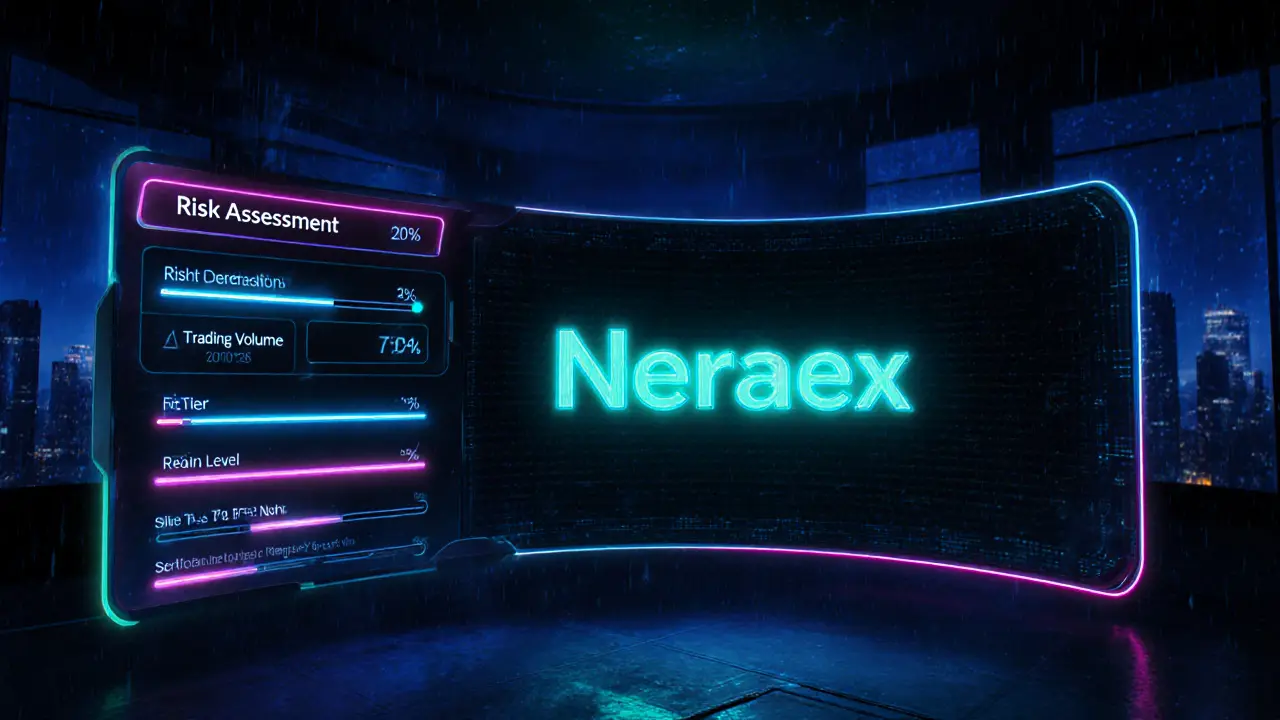A concise review of Neraex crypto exchange covering security, fees, liquidity, compliance, and how it compares to major platforms.
Crypto Trading Fees: What Every Trader Should Know
When working with crypto trading fees, the costs you pay to buy, sell, or move digital assets on an exchange or platform. Also known as trading costs, they can make or break your profit margins. A crypto exchangea platform where traders execute digital asset orders usually applies a maker‑taker fee modela pricing scheme that rewards liquidity providers (makers) and charges those who take liquidity (takers). In addition, every platform charges a withdrawal feea fixed or percentage fee for moving coins off‑exchange, which often hides in the fine print. Understanding these three pieces—exchange type, fee structure, and withdrawal cost—is the first step to smarter trading.
Crypto trading fees encompass more than just the headline percentages you see on the order page. They include the spread between the bid and ask price, network gas fees for on‑chain moves, and occasional hidden surcharges for high‑frequency activity. For example, a decentralized exchange (DEX) might quote a 0.30% swap fee but also require you to pay Ethereum gas, which can eclipse the swap fee during network congestion. Meanwhile, a centralized exchange might offer a lower maker fee but tack on a 0.10% fee for rapid order execution. Recognizing that fee structures vary between venues helps you avoid surprises and compare apples to apples.
Key Fee Types to Watch
The most common fee categories you’ll encounter are:
- Maker fee – charged when you add liquidity to the order book; usually lower to incentivize market depth.
- Taker fee – applied when you remove liquidity; often higher because you’re consuming existing orders.
- Spread – the gap between the best bid and ask; can act as an implicit cost especially on low‑volume pairs.
- Network (gas) fee – paid to miners or validators to confirm on‑chain transactions; fluctuates with blockchain demand.
- Withdrawal fee – a flat or percentage charge to move assets off the platform; sometimes waived for high‑tier users.
Understanding each component lets you calculate the true cost of a trade, rather than relying on headline numbers.
When you compare platforms, look for fee‑discount programs tied to staking native tokens or holding a certain balance. Many exchanges lower maker/taker rates for users who stake their native token, effectively converting part of your portfolio into a fee rebate. This creates a semantic connection: lower maker fees → higher liquidity → reduced overall trading cost. Similarly, some DEX aggregators bundle multiple swaps to minimize gas usage, turning a higher nominal swap fee into a cheaper net transaction.
Hidden fees can erode profits faster than you realize. For high‑frequency traders, inactivity fees, order‑cancellation penalties, or premium‑API charges may apply. A trader who ignores these extra costs might see a 2–3% reduction in annual returns, wiping out a significant portion of edge. Therefore, a solid fee‑audit routine—checking the fee schedule monthly, monitoring on‑chain gas trends, and testing withdrawal amounts—keeps your cost base transparent.
DeFi platforms add another layer: liquidity provider (LP) fees. When you supply assets to a pool, you earn a share of the swap fees collected, but you also risk impermanent loss. The net effect on your trading expenses depends on the pool’s volume and the fee tier you choose. In practice, selecting a 0.05% fee tier on a high‑traffic pool can offset the higher gas costs of withdrawing your LP tokens later.
Finally, consider regional regulations and tax implications. Some jurisdictions treat fees as deductible expenses, which can lower your taxable income, whereas others may not. Knowing the local tax treatment of maker, taker, and withdrawal fees helps you factor them into your overall profitability model.
All these pieces—exchange type, maker‑taker model, spread, gas, withdrawal, and LP fees—interact to shape the real cost of each trade. Below you’ll find a curated list of articles that break down specific platforms, compare fee schedules, and show how to optimize your strategy across both centralized and decentralized venues.
A concise review of YOOBTC crypto exchange covering fees, features, security, and who should use it, plus a quick comparison to top 2025 exchanges.


